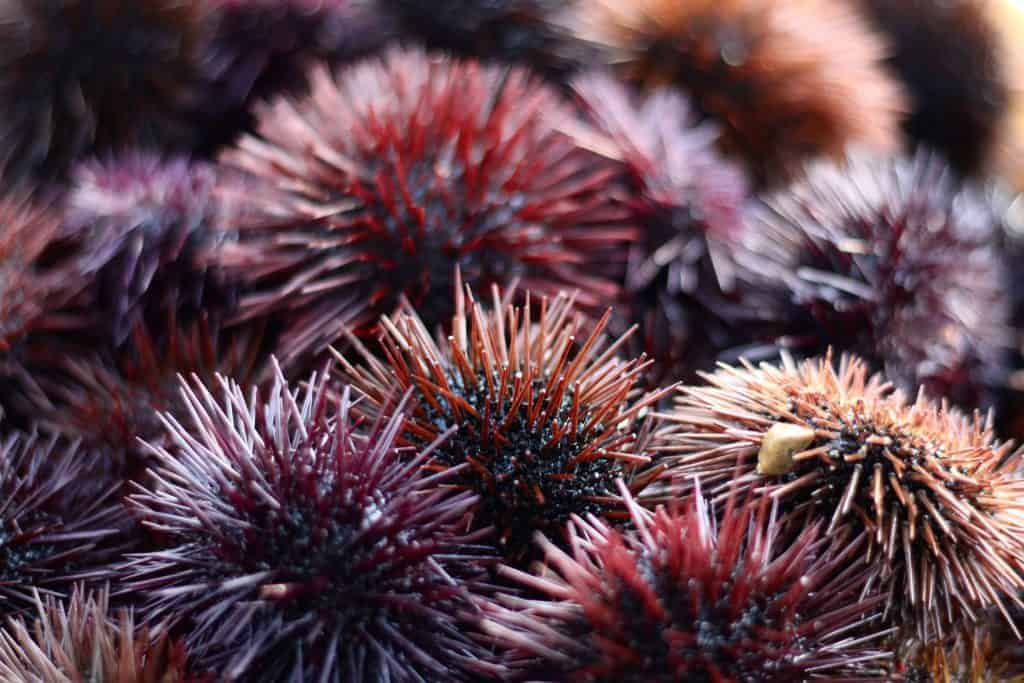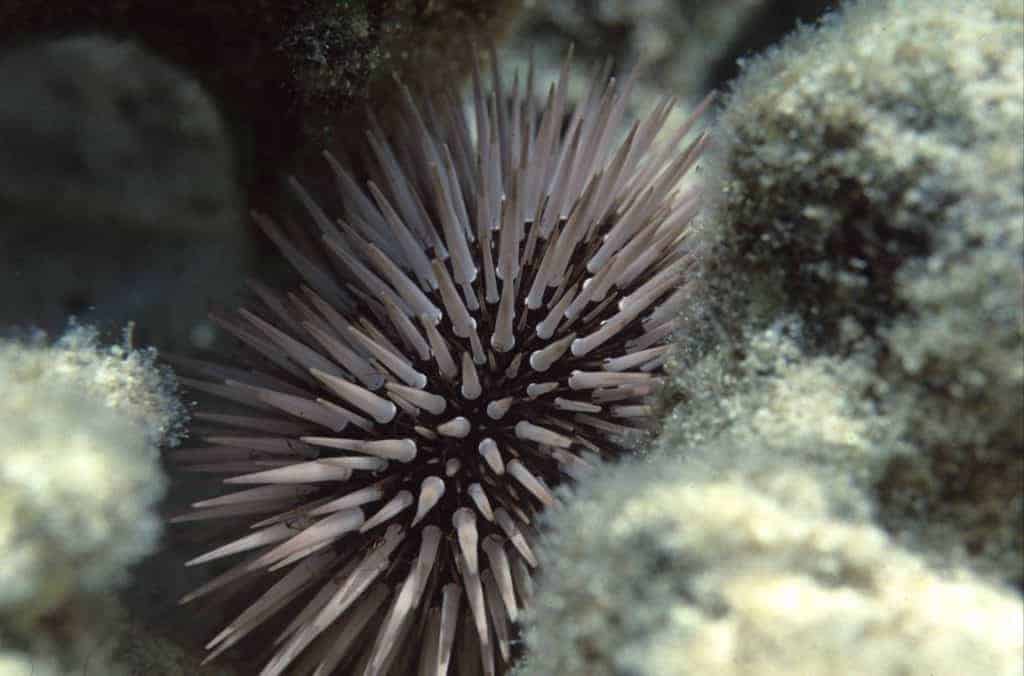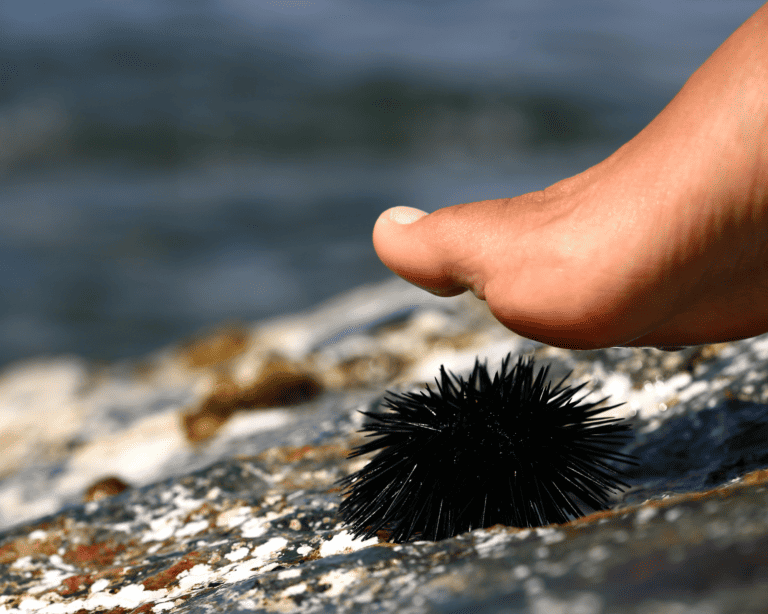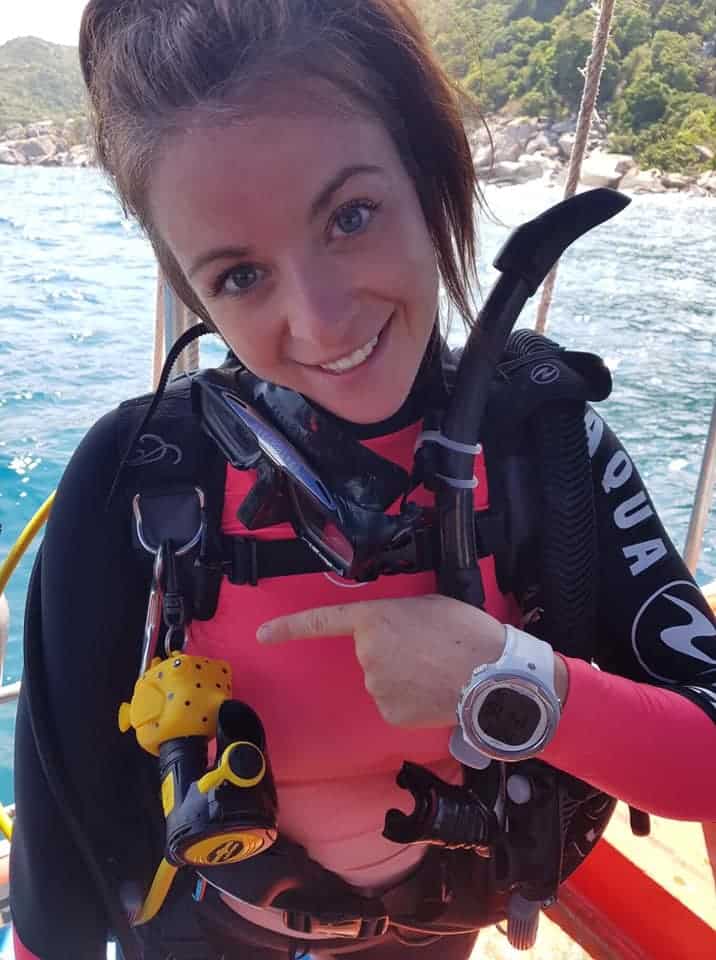We don’t all remember to wear our beach shoes when we should, and we can all find ourselves close to sea urchins, even when we don’t expect to. That goes for when we’re scuba diving, too – although we should have our eyes on our surroundings at all times, it’s not always so easy to stay protected!
We have all heard of the stories around sea urchin stings, and sadly, for the most part, they are true – I learnt this first hand! A sea urchin sting can be seriously nasty – much like jellyfish stings – and you could start seeing signs of infection shortly after first impact. That is why it is so important to know what to do if you do get stung by a sea urchin.
In this guide, we will give you a few tips about how to handle sea urchin stings, and tell you about the sea urchin’s favourite spots, and how to ensure that you treat the wounds properly.
Looking for Sea Urchin Proof Water Shoes? All on my list will help protect you from those gastly urchin spines.
Table of Contents
What Are Sea Urchins?
Despite their reputation, most sea urchin species are relatively calm. They are not aggressive creatures as they will not purposefully seek out to attack you. That being said, they do not like to be disturbed, and as a natural reaction, they will sting.
It may seem a tad extreme, but put yourself in their shoes! They are tiny creatures, and they do need to protect themselves somehow. Sadly for us humans and divers, that usually means that it is when we are not looking for trouble from them that we will find it.

It is first of all essential to be able to recognise a sea urchin. As mentioned, they are small, spiky critters. They live in both warm water and cold water, which means that they can be found all over the world. They live primarily in shallow water, on coral reefs, rocks, or even in rock pools. There colours can vary and, unfortunately for us, not all sea urchins can be easily identified by their spines!
The flower urchin, for example, possesses short, blunt spines which aren’t always easy to spot. They are very pretty, but don’t be fooled. These urchins are considered highly dangerous. If you’re diving in the Indo-West Pacific, in places like Red Sea all the way across to Japan an Australia in the south, make sure you look out for these bad boys.
It is important to understand that sea urchins, also known as one of the echinoderms, are essential to reefs and their ecosystems. It is one of the greatest herbivores within the marine ecosystem and feed on algae, keeping excessive algae growth to a minimum. If we remove sea urchins from the ecosystem, the waters will see a significant increase in algae which consumes the oxygen and blocks sunlight from reaching other underwater flora.
So, as annoying as they may appear to be, they also play a vital role in maintaining life on this planet and should therefore be respected. It’s actually important for us to protect stable populations of sea urchins, as loosing them could result in a huge ecological collapse.
In fact, one way of avoiding being stung by a sea urchin is by avoiding disturbing their habitats at all! That being said, that isn’t always possible, and anyone from scuba divers to surfers and even swimmers can easily cross their paths.
So, what should you do if you get stung by a sea urchin? Are sea urchins poisonous? Let’s find out.
What Are the Symptoms of a Sea Urchin Sting?
Venomous sea urchin stings are incredibly painful and can be extremely dangerous, with some that may even require surgical removal. Therefore, even if you think you’re just handling simple puncture wounds, you must take an urchin attack seriously!
Here are some of the symptoms of a sea urchin sting:
Multiple Deep Puncture Wounds
The number of wounds that you receive and the depth of the wounds will obviously depend on your contact with the sea urchin. That being said, sea urchin injuries should never be taken lightly, and you should take care of the affected area by keeping the wound clean to better ensure that it does not get infected before it has the adequate medical attention. Even after having the spines removed, keep checking for signs of infection.
Weakness / Muscle Aches
After coming into contact with the venomous spines of sea urchins, sufferers can experience immediate physical weakness, needing help to get to land and medical assistance.
The sufferer can also experience severe muscle aches in the affected area of their body. It’s not a pleasant sensation, and in some cases, aches can be extremely painful. Thanks sea urchin!
Shock Paralysis / Intense Fatigue
In extreme cases, sufferers have even experienced paralysis from the sea urchin stings. The paralysis does wear off, but it can take a few hours before it is complete. The aforementioned flower urchin is known for this!
Finally, one of the most common symptoms of a sea urchin sting is severe fatigue, usually accompanied by further weakness.
How Do You Get Sea Urchins Out Of Your Foot?

First of all, you must remove the sea urchin’s spines from your body. Removing sea urchin spines can be difficult and can cause severe pain if it has been a deep puncture, so do ask for help . In fact, in many cases, it’s worth having your foot medically reviewed first, just in case any spines may require surgical removal.
Then, soak the affected area in hot water as soon as possible. The hot water will help to relieve pain as the sea urchin toxicity is heat-labile, so the warm water will help a lot. Just don’t make it so hot that it burns your foot!
You should then rinse and clean the wound with clean, fresh water and potentially antiseptic to better ensure that it does not get infected.
Of course, these are just first aid remedies that could help. You should seek medical care as soon as is possible, potentially even going straight to this hospital as your case could be a medical emergency, especially if you have allergic reactions to the sting or surgical removal of the calcium filled spines is required.
When I was working out in Thailand with Global Vision International, on many occasions our volunteers would return to base having just stepped on an urchin. Sea urchin stings are painful, and one of our vols who stepped on an urchin was off his feet for several weeks because he had left it a few days before seeking medical help. His foot suffered badly, and he had to walk on crutches for some time! The lesson here is always to get your sea urchin sting medically reviewed as soon as possible!
Conclusion

If you are stung by a sea urchin, the first thing to remember is not to panic. Sea urchins do sting, and these kinds of things do frequently happen, even to experienced scuba divers, surfers and swimmers.
The best thing that you can do is to get professional medical advice as soon as you can and to go to the emergency department if you are concerned about the sting for any reason, especially if you are having chest pain or breathing problems.
However, if left untreated, the sea urchin sting deep puncture wounds can become very big issues, which is why you should always have your wounds medically reviewed. Regardless of infection or allergic reaction, once sea urchins release venom, it’s time to head to the ER for medical advice.
Easiest way to avoid a sting from our lovely sea urchins? Keep your feet inside water shoes! Have a read of my best water shoes review for more information.
One last interesting fact. Did you know that people eat the gonads of sea urchins? Yeah, it’ apparently a delicacy, even here in the UK!

